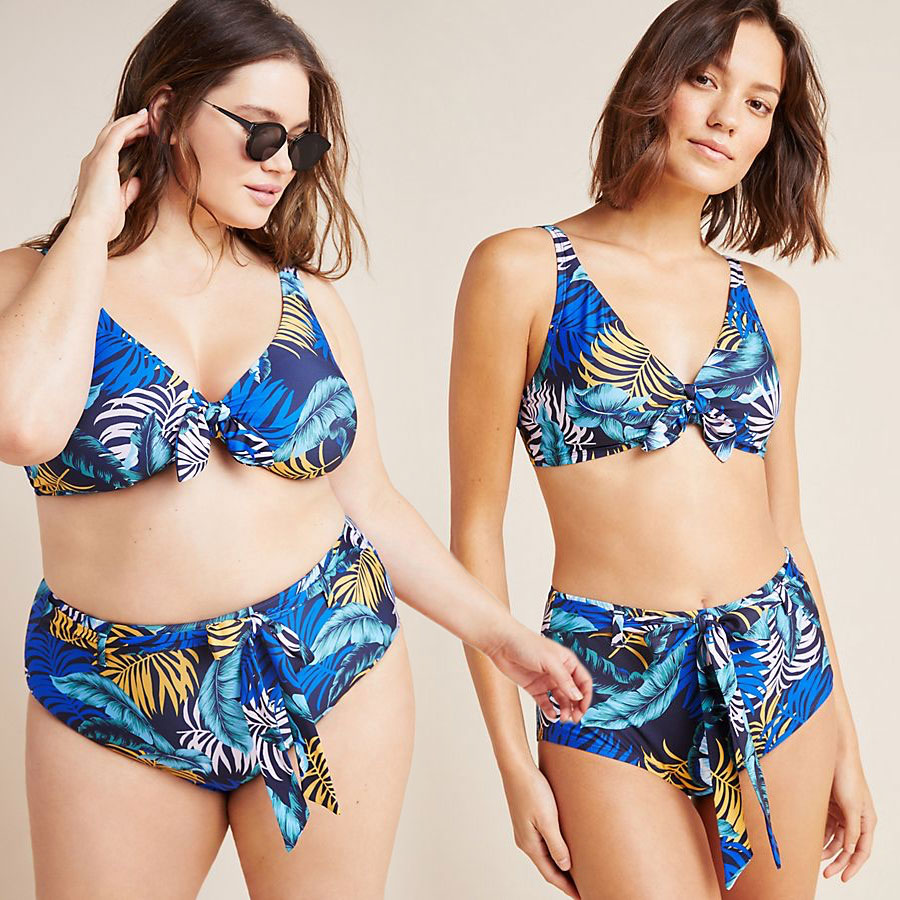There’s no question that there’s more diversity represented in fashion than ever before. Still, the models we see on the runway, in e-commerce and in advertising are far from representative of society. This is a complex subject with many dimensions, among them race, body shape, age, physical disabilities, and other factors that have been traditional markers of conventional attractiveness, like a particular hair type or uniform skin complexion.
In this post I simply want to call out one area where the industry is doing better, and another where it is making very little progress at all.
The first is body shape. Like you can see in the examples below, retailers like Shopbop, Madewell, American Eagle, and Anthropologie are showcasing the same items on a diversity of bodies. Brands like Universal Standard are making diversity, and particularly body shape diversity, part of their brand values and their company mission.
I’m grateful for these changes. The rate of change is slow, but it’s at least moving in the right direction. Teens today are growing up with a healthier and more positive body image than I did back in the ‘70s and ‘80s. They can, more frequently than ever before, see their sizes visually represented on models at the places where they shop. It’s not perfect — it’s rare to see an apple and pear-shaped retail model. But there is much more diversity in size than there used to be.
The industry is doing less well on age diversity. Models are mostly young adults. You will seldom see a retail model in their 40s, 50s, 60s, or beyond. Very occasionally, a famous model like Lauren Hutton or a celebrity like Jane Fonda will make a debut for a brand. And some brands are trying: Boden showcases older models across a range of sizes and body types on Instagram, which is extremely refreshing. Merchandise from the Artful Home is showcased on older models regularly too.
So there’s progress, but it’s slow and uneven. How can we encourage retailers and brands to embrace an even more relatable and realistic diversity in the way they design and present their products? So that they in turn can demand diversity from modelling agencies.
In the meantime, while the world of fashion becomes more diverse, we can follow outfit bloggers or celebrities on social media, participate in social communities like the YLF forum, or rely on street style to see stylish outfits across a diverse set of physical dimensions. I’m fortunate to also have a very diverse set of clients for inspiration. And I will do my tiny part in all of this by sharing those experiences with you.











